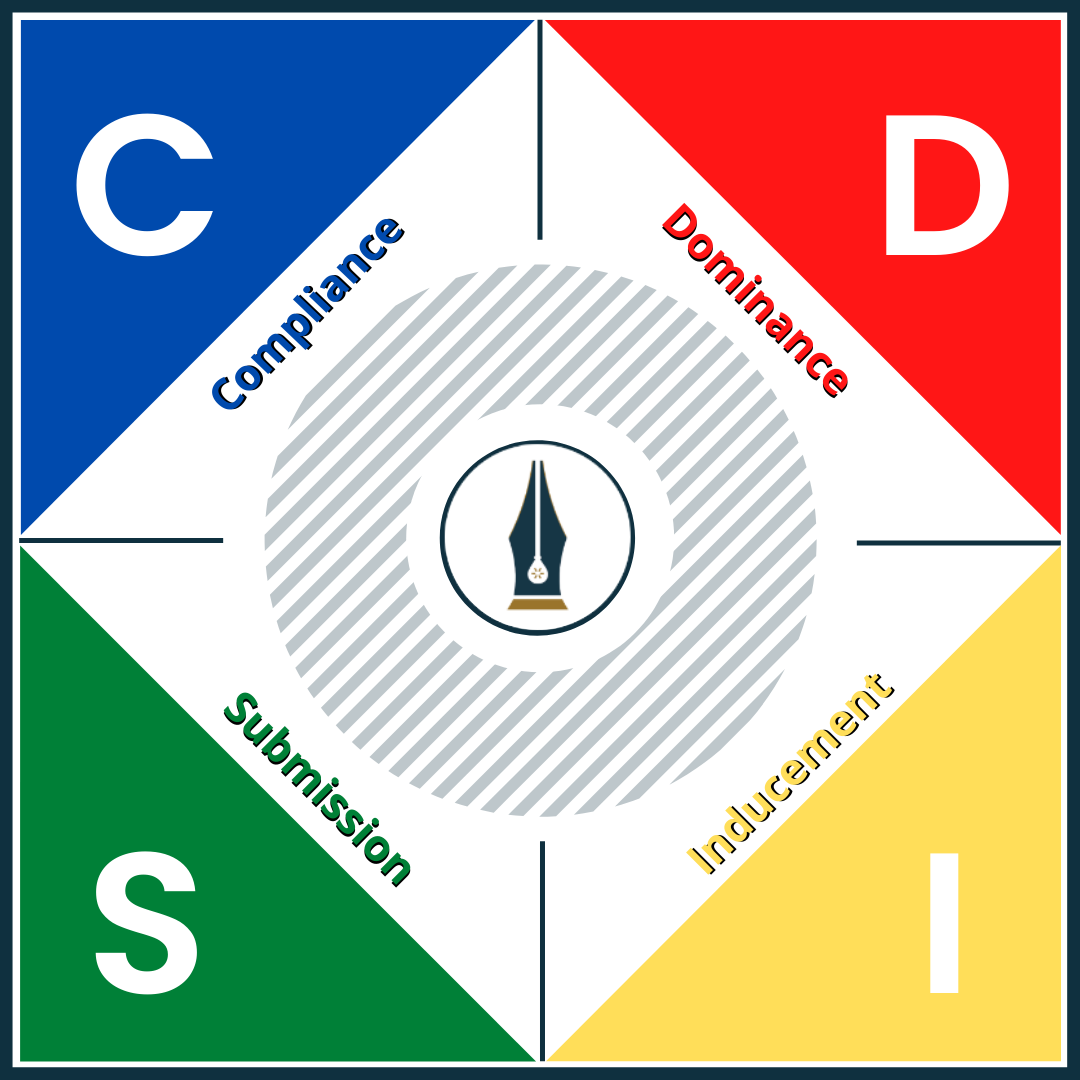Leadership Blog

4 Significant Leadership Styles
Most leaders have one leadership style. They lead others the way they like to be led.
This approach works very well, if everyone is like you. But as we all know, not everyone likes to do things the way you like to do them.
Great leaders lead different people differently. They have multiple leadership styles.

In my coaching company, I use the DISC assessment to help leaders learn about different personality types.
The assessment is quick, inexpensive and very impactful. It helps you learn a lot about yourself and how to communicate and lead others. Read below to learn briefly about each personality type and leadership style.
D-Type Personality
The D-type personality is a dominant person. He is direct and task oriented. Generally speaking, he is not much for small talk but tends to get down to business quickly and is all about getting things done.
D-type leaders focus on results. They do not prefer to get buried in details. They take a “big picture” viewpoint and focus on tasks that produce the results they desire. They are driven people.
If you have a boss who is D-type, he may appear harsh and demanding. Rather than reacting to his directness, make sure you understand what he wants and get it done. That will cause him to smile favorably on you.
If you have an employee who is D-type, he prefers for you to tell him directly your objectives, when you want the job completed, and get out of his way so that he can do his job. He does not want you to micromanage him. He does not need you to hold his hand. In fact, if you attempt to do so, you will frustrate or aggravate him.
I-Type Personality
The I-type personality is very social. He loves to chat, connect, and develop a friendly relationship. He is often labeled as the “party person.” I-type personalities connect at a deeper level with others. They are warm, engaging personalities. Many people in sales have an I-type personality.
If you have a boss who is I-type, he will be approachable, caring, and interested in you personally. However, I-type personalities can lack focus regarding tasks. They tend to postpone decisions because they do not want to make people unhappy.
If you have an employee who is I-type, it is wise to connect with him on a personal level. Otherwise, he may assume that you are not interested in him as a person but only in what he can do for the company. Always take some time to connect humanly with I-type personalities. Then, move to specific tasks you need completing.

I-types are not usually good at details, like paper work. Therefore, it may be wise to connect this person with someone who can clean up the backend of jobs. If your I-type employee is in sales, try not to burden him with a great deal of paperwork. Keep him with people and selling. Assign a support person to him to dot the I’s and cross the T’s. He will sell more and be much happier.
S-Type Personality
The S-type personality loves stability. He is the “worker bee.” He prefers systems and supporting others. Typically, he does not like to be out front but support from behind.
Status-quo is very important to S-type personalities. Quick, sudden changes do not work well. In most organizations, S-type personalities produce a large portion of the results. It is very easy to undervalue S-type personalities. They like life and work to be steady and consistent.
If you are a S-type leader, recognize that others may prefer a different style of leadership. You can frustrate others by insisting that the company sticks with the “tried and true.” Employees will see you as rigid, inflexible and risk-averse. Because you make changes slowly, you take a great deal of time to make decisions. Sometimes, you postpone decisions simply because you are not ready to make them. You may not follow up. These actions can be very frustrating to others. People feel like they are flying around the airport looking for a place to land. You need to help them land!

If you have a S-type employee, he needs stability. If you frequently change the equation at work with very little ramp, you will frustrate a S-type worker. He needs time to emotionally prepare for upcoming changes. He likes to have input on key decisions but will not usually speak up, unless asked. Steady, consistent communication is very important with a S-type employee. Regular expression of appreciation and support are also necessary.
C-Type Personality
C-type personalities are conscientious, cautious, and analytical. They are intelligent and inquisitive people. They frequently are engineers or accountants. They tend to look beyond the surface level. They want to understand “why” as well as what the job is.
At times, C-type personalities appear to be “nay-sayers.” In reality, they need more facts and information to process data before accepting decisions. They are quality-control people. Make sure you value them. Because they think deeply about things, they can keep you out of trouble. They see problems before they occur.
If you are a C-type leader, realize that you may come across aloof and difficult. You ask challenging questions and want to make sure things have been thought through thoroughly before moving ahead. You may struggle with “paralysis-analysis.” Recognize that not every decision needs the level of scrutiny that important decisions need.
If you have a C-type employee, he may be challenging to lead. He asks lots of questions, does not buy-in to new ideas quickly, and wants to make sure decisions have been thought through before changes are made. He likes quality. If as a leader you make quick, unplanned decisions, a C-type employee will struggle. He needs you to make well-thought decisions.
These 4 personality types provide some very helpful insights to leaders and employees. They help you understand yourself and communicate effectively with others. If you only lead in one style, you will not be a very effective leader. You need to lead others in a style that fits them!



Facebook
LinkedIn
Youtube
Instagram